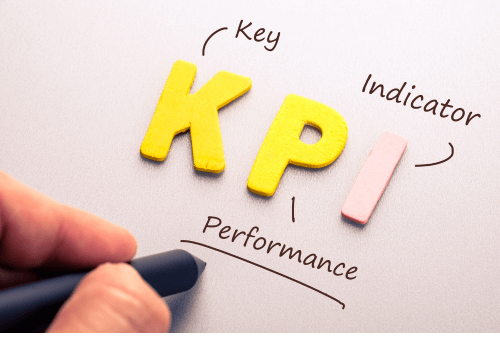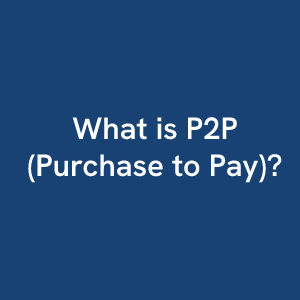
How Does P2P Help With Reporting KPIs?

Purchase-to-pay (P2P) processes can help with reporting key performance indicators (KPIs) by providing data on various aspects of the procurement process that can be used to measure performance and identify areas for improvement.
Accounts payable departments that use an automated solution to streamline their procure-to-pay process, can benefit from a range of things such as enhanced productivity and optimised cash flow, however it also helps provide quantifiable results on reporting KPIs.
Here are 5 examples of how purchase to pay systems and processes can help with reporting KPIs within your accounts payable team.
5 Ways P2P Systems Can Help With Reporting KPIs
1. Purchase order cycle time
Automated procure-to-pay systems can track the time it takes to process purchase orders, from the time they are requested, to the time they are approved and sent to suppliers. This data can be used to measure the efficiency of the purchasing process and identify bottlenecks within accounts payable departments.
2. Invoice processing time
P2P solutions can also trace the time it takes to process invoices, from the time they are received, to the time they are approved for payment. This data can be used to measure the efficiency of the accounts payable process and identify opportunities for improvement in future purchase-to-pay processes.
3. Purchase order accuracy
Purchase-to-pay systems can track the accuracy of purchase orders, including the completeness of order details, such as pricing, quantities, and delivery dates. This data can be used to measure the accuracy of the purchasing process and identify areas where the system can be improved upon.
4. Invoice accuracy
P2P systems can also trace the accuracy of invoices, including the accuracy of supplier details, such as name and address, and the accuracy of order details, such as pricing and quantities. This data can be used to measure the accuracy of the accounts payable process and identify areas for improvement within AP teams.
5. Spend analysis
Seamless purchase-to-pay solutions can provide data on spending patterns within businesses, such as spending by category, supplier, and department. This data can be used to identify opportunities for cost savings and negotiate better pricing with suppliers in the future.
Overall, P2P systems can provide valuable data that can be used to measure quantifiable performance, identify areas for improvement, and make data-driven decisions.


